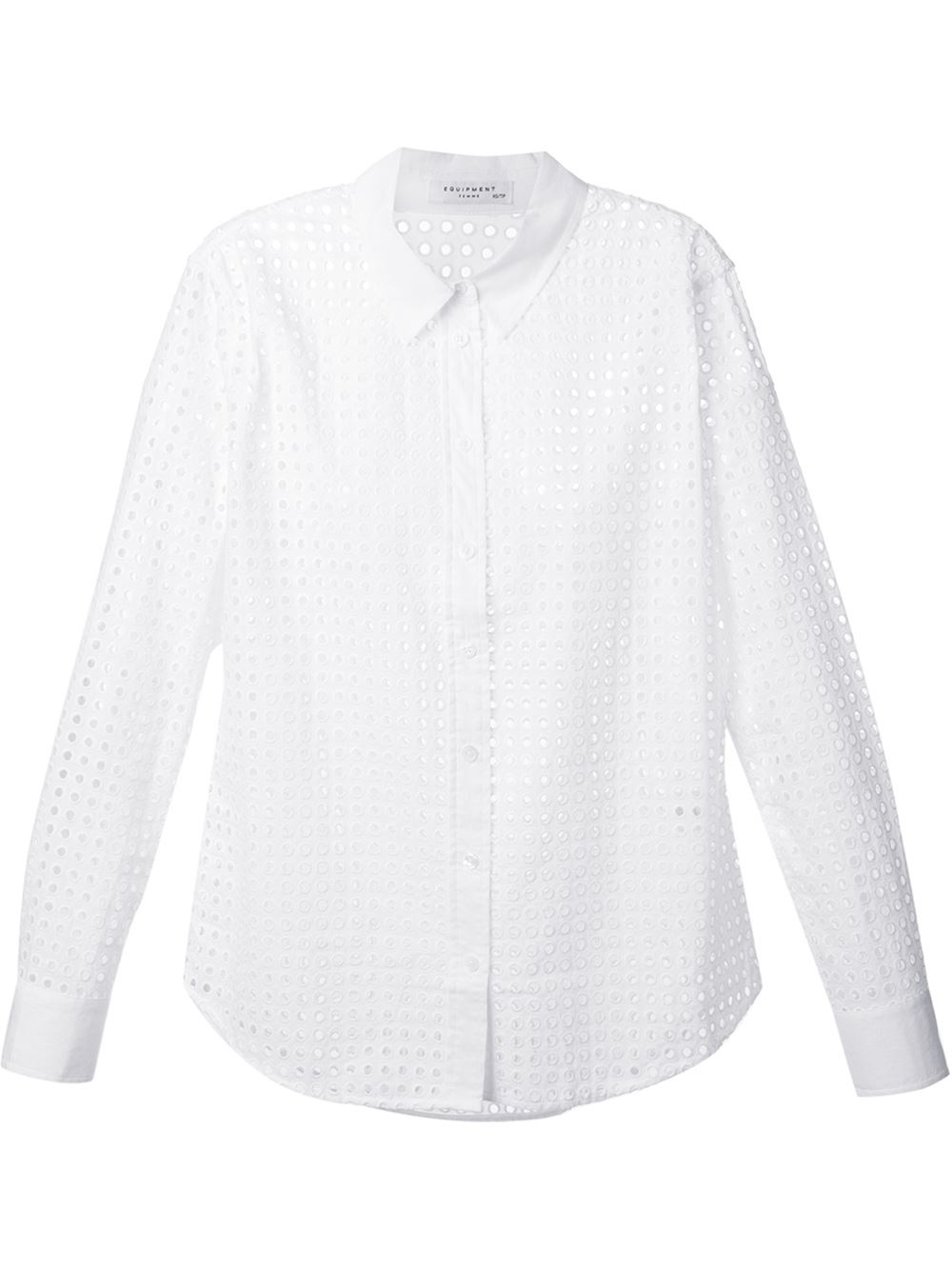
How to Clean a Shirt: A Comprehensive Guide for Impeccable Garments
Maintaining a wardrobe of pristine shirts is essential for projecting a professional and polished image. While commercial laundry services can be convenient, mastering the art of shirt cleaning at home can save time, money, and ensure the longevity of your garments. This comprehensive guide will provide you with step-by-step instructions and expert tips to effectively clean your shirts, restoring their pristine appearance and extending their lifespan.
Materials You’ll Need:
- Shirt
- Laundry detergent
- Stain remover (optional)
- Washing machine
- Dryer
- Iron and ironing board (optional)
Step 1: Pre-Treat Stains
Before laundering your shirt, it’s crucial to address any stains. Identify the type of stain and choose an appropriate stain remover. Apply the stain remover to the affected area and allow it to sit for the recommended amount of time. Blot or rub the stain gently to loosen it.
Step 2: Choose the Correct Wash Cycle
Select the appropriate wash cycle based on the fabric type and care instructions of your shirt. Most shirts can be washed in a regular cycle with cold or warm water. However, delicate fabrics like silk or lace may require a gentler cycle with cooler water.
Step 3: Add Laundry Detergent
Measure the recommended amount of laundry detergent and add it to the detergent dispenser of your washing machine. Choose a detergent that is suitable for the fabric type of your shirt. For example, use a mild detergent for delicate fabrics.
Step 4: Load the Washing Machine
Place your shirt in the washing machine, ensuring that it is not overcrowded. Overcrowding can prevent the shirt from being properly cleaned and rinsed. If you are washing multiple shirts, make sure they are of similar colors and fabric types to avoid color bleeding or damage.
Step 5: Start the Wash Cycle
Close the lid of the washing machine and start the selected wash cycle. Allow the machine to complete the full cycle, which typically includes pre-washing, washing, rinsing, and spinning.
Step 6: Remove the Shirt from the Washing Machine
Once the wash cycle is complete, promptly remove the shirt from the washing machine to prevent wrinkles and mildew formation. Shake the shirt lightly to remove excess water.
Step 7: Dry the Shirt
If the care instructions allow, tumble dry the shirt on a low heat setting. Remove the shirt from the dryer while it is still slightly damp to prevent over-drying and shrinkage. If the shirt is made of a delicate fabric, hang it to air dry to avoid damage.
Step 8: Iron the Shirt (Optional)
If desired, use an iron and ironing board to remove wrinkles and restore a crisp appearance to your shirt. Set the iron to the appropriate temperature for the fabric type. Iron the shirt in smooth, even strokes, avoiding excessive pressure.
Additional Tips for Cleaning Different Shirt Fabrics:
- Cotton Shirts: Cotton is a durable fabric that can withstand regular washing and drying. Use a regular wash cycle with warm water and a mild detergent.
- Silk Shirts: Silk is a delicate fabric that requires gentle care. Hand-wash silk shirts in cold water with a mild detergent designed for delicate fabrics. Avoid wringing or twisting the shirt.
- Linen Shirts: Linen is a breathable fabric that wrinkles easily. Wash linen shirts in a gentle cycle with cold water and a mild detergent. Tumble dry on a low heat setting or hang to air dry.
- Rayon Shirts: Rayon is a man-made fabric that can wrinkle and shrink easily. Wash rayon shirts in a delicate cycle with cold water and a mild detergent. Hang to air dry or tumble dry on a low heat setting.
- Polyester Shirts: Polyester is a synthetic fabric that is wrinkle-resistant and easy to care for. Wash polyester shirts in a regular cycle with warm water and a mild detergent. Tumble dry on a low heat setting.
FAQ on Shirt Cleaning:
1. How often should I wash my shirts?
The frequency of washing shirts depends on factors such as how often they are worn, the level of activity, and the fabric type. As a general rule, shirts that are worn for a full day should be washed after each wear. Shirts that are worn for a shorter period or are less prone to sweat or stains can be washed less frequently.
2. Can I use bleach to whiten my shirts?
Bleach can be used to whiten white shirts, but it is important to follow the instructions on the bleach label carefully. Overuse or improper use of bleach can damage or discolor your shirts.
3. How do I remove yellow underarm stains from my shirts?
Yellow underarm stains can be caused by sweat and deodorant. To remove these stains, apply a solution of equal parts white vinegar and water to the affected area. Allow it to sit for 30 minutes, then wash the shirt as usual.
4. How do I prevent my shirts from shrinking?
To prevent your shirts from shrinking, wash them in cold water and avoid using high heat settings in the dryer. Hang delicate fabrics to air dry to avoid shrinkage.
5. How do I get rid of wrinkles in my shirts without ironing?
To remove wrinkles without ironing, hang the shirt in a steamy bathroom after showering. The steam will help to relax the wrinkles. You can also use a wrinkle release spray or tumble the shirt in the dryer on a low heat setting with a damp towel.
By following these comprehensive instructions and incorporating the expert tips provided, you can effectively clean your shirts, ensuring their longevity and impeccable appearance. Whether for professional or personal occasions, maintaining a wardrobe of pristine shirts will enhance your confidence and reflect a polished and well-groomed demeanor.






